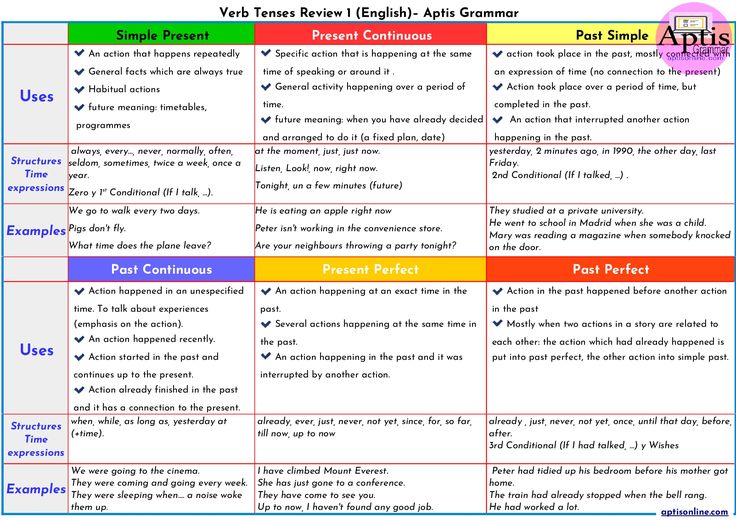Dairy free baby foods
Meal Plans & Recipe Ideas for Your Dairy-Free Baby or Tot
Some babies and toddlers are not able to tolerate dairy, whether from a lactose intolerance or a cow’s milk protein allergy.1 Knowing what foods and beverages to feed your little one while avoiding dairy can help make sure they are getting the nutrients needed for growth and development.
When do babies need to avoid dairy?Breastfed Baby
If your breastfed baby has been diagnosed with a cow’s milk protein allergy or lactose intolerance, you can likely continue to breastfeed as long as you eliminate sources of dairy from your own diet.2,3 Continue to work with your or your child’s health care provider as you eliminate sources of dairy.
Be sure to always read all foods labels to see if there are any dairy ingredients in the product you purchase.
Read more:
Meal Plan & Tips to Eat Dairy Free while Breastfeeding
Is Your Baby Reacting to Something in your Milk?
Formula Fed Baby
If your formula fed baby has been diagnosed with a cow’s milk protein allergy or sensitivity to lactose, you will likely need to choose either a low lactose or lactose-free formula, or a formula that does not contain intact cow’s milk protein.4
Always speak with your child’s health care provider before switching formulas.
Read more:
Does Your Baby Need a Sensitive Formula?
Once your baby begins to eat solids, look at labels carefully to avoid dairy ingredients. Read on for information, tips, and meal ideas.
For more information on lactose intolerance versus a cow’s milk protein allergy, check out this article:
Does my Baby or Toddler have a Milk Allergy or a Lactose Intolerance?
Making sure your child gets the right nutrition while eliminating dairyDairy foods provide several important nutrients, including protein, calcium, and vitamin D (which is often fortified, or added to, dairy products). 5 When eliminating dairy, it is necessary to incorporate other food sources (in the texture your baby is ready for) that are rich in these particular nutrients.6
5 When eliminating dairy, it is necessary to incorporate other food sources (in the texture your baby is ready for) that are rich in these particular nutrients.6
Food sources of calcium: Fortified plant-based milk alternatives, fortified orange juice, canned sardines and salmon with bones, fortified dairy alternatives such as a non-dairy yogurt, tofu, soybeans, spinach, kale.8
Read more: Why Does Calcium Matter for Babies, Tots, and Mama
Food sources of vitamin D: Salmon, fortified plant-based milk alternatives, fortified cereals, eggs, canned light tuna, portabella mushrooms, and sunlight.9
Read more: Why Does Vitamin D Matter for Babies, Tots, and Mama
Food sources of protein: Fish, poultry, meat, beans, legumes, peas, nuts, seeds, tofu, eggs, whole grains.
Read more: Protein: Getting Enough and the Best Sources
Offer a wide variety of dairy-free foods to your childIt’s important to know that there are plenty of other foods that do not contain dairy.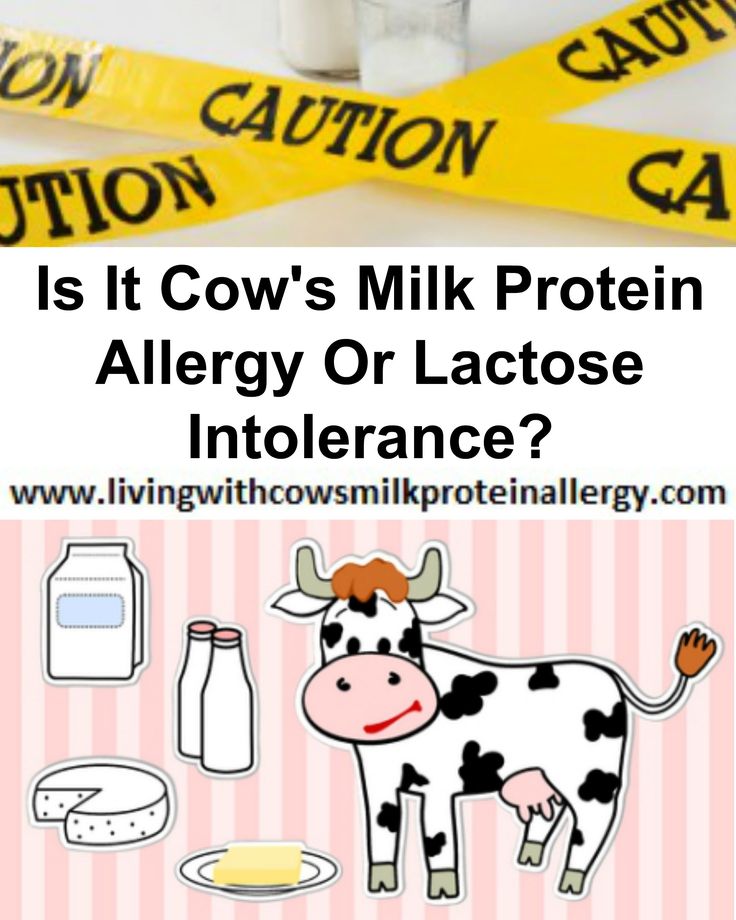 Offer these foods often as long as your child is not allergic to them. All whole fruits, vegetables, whole grains, legumes, beans, nuts, seeds, poultry, fish, and eggs are dairy free. Be sure to feed your child a wide variety of these foods to help meet their nutrient needs.
Offer these foods often as long as your child is not allergic to them. All whole fruits, vegetables, whole grains, legumes, beans, nuts, seeds, poultry, fish, and eggs are dairy free. Be sure to feed your child a wide variety of these foods to help meet their nutrient needs.
Non-dairy alternatives can be used for a child with a lactose intolerance or allergy, such as plant-based milk alternatives and plant-based yogurt alternatives. But it’s important to note that not all of these products have the same nutrients as their dairy equivalent.1
If you do choose a plant-based milk alternative, such as almondmilk or oatmilk, be sure the product is fortified with calcium and vitamin D.
Note that plant-based yogurt alternatives often have more added sugar and less protein than regular yogurt. Read nutrition fact labels and ingredient lists to ensure you’re providing your little one with foods that best meet their nutritional needs.
*While a plant-based milk alternative can be used in small amounts in baked or cooked foods, or plant-based yogurt alternative can be provided as a snack or part of a meal, babies under the age of 12 months should not be given cow’s milk nor a plant-based milk alternative to drink by the cup-full.11
These drinks do not contain all the nutrition your baby needs, and adding them in by the cup may take up valuable space in your baby’s tummy – edging out more nutritious foods, formula, and/or breastmilk.
Read more: What Type of Milk Should My Toddler Drink?
Reach out to your child’s healthcare providerIf you suspect that your child has lactose intolerance or a cow’s milk protein allergy, call their healthcare provider immediately for further support.
Wondering what might be the best choice for your baby or tot? Reach out to our team of registered dietitian nutritionists and lactation consultants for free! They’re here to help on our free to live chat from Monday – Friday 8am - 6pm (ET). Chat Now!
Chat Now!
Some babies and toddlers will react to dairy ingredients that are “hidden” and not so obvious.10
Hidden dairy may be found in foods like breads, cereals, crackers, pancakes, waffles, soups, sauces, toppings, dressings, and deli meats. It’s important to read labels and avoid any foods that list “contains milk or milk ingredient.”10
The below meal plan, snack, and recipe ideas will help you choose the right foods for your baby when progressing from mostly single purees to more advanced textures and finger foods, while also excluding dairy.
Be sure to check all labels for both obvious and hidden sources of dairy.
Breakfast
Option 1: Scrambled eggs, clementine
Option 2: Dairy free yogurt such as soy, coconut, or almond, with sliced berries
Option 3: Strawberry Quinoa Cereal for Baby
Option 4: Whole grain French toast fingers with nut butter* and 100% fruit spread
Option 5: Banana pancakes (combine 1 ripe banana, 1 egg and 2 tbsp.
 whole wheat flour. Cook 3 minutes on each side over medium heat)
whole wheat flour. Cook 3 minutes on each side over medium heat)
Lunch
Option 1: Whole grain tortilla strips with mashed avocado dip
Option 2: Tuna sandwich cut into quarters, side of sliced peaches
Option 3: Chickpeas with soft cooked carrots
Option 4: Cubed and roasted butternut squash, with turkey slivers
Option 5: Mini Sweet Potato Chicken Meatballs with Cauliflower Rice and Steamed Broccoli
Dinner
Option 1: Black beans with soft cooked peppers
Option 2: Whole grain pasta with ground turkey, marinara, and roasted veggies
Option 3: Baked fish fingers with cubed and roasted sweet potato
Option 4: Mild Curry Chicken & Veggies with Brown Rice
Option 5: Lean hamburger cut into pieces with baked zucchini fries
Snacks:
Option 1: Soft cooked veggies with hummus
Option 2: Warm Peach Chunks with Nutmeg
Option 3: Hard-boiled egg, diced
Option 4: Fruited dairy free yogurt such as coconut, soy, or almond
Option 5: Applesauce mixed with small amount of nut* or seed butter
*Speak with your baby’s pediatrician before introducing allergenic foods
Let's Chat!We know parenting often means sleepless nights, stressful days, and countless questions and confusion, and we want to support you in your feeding journey and beyond.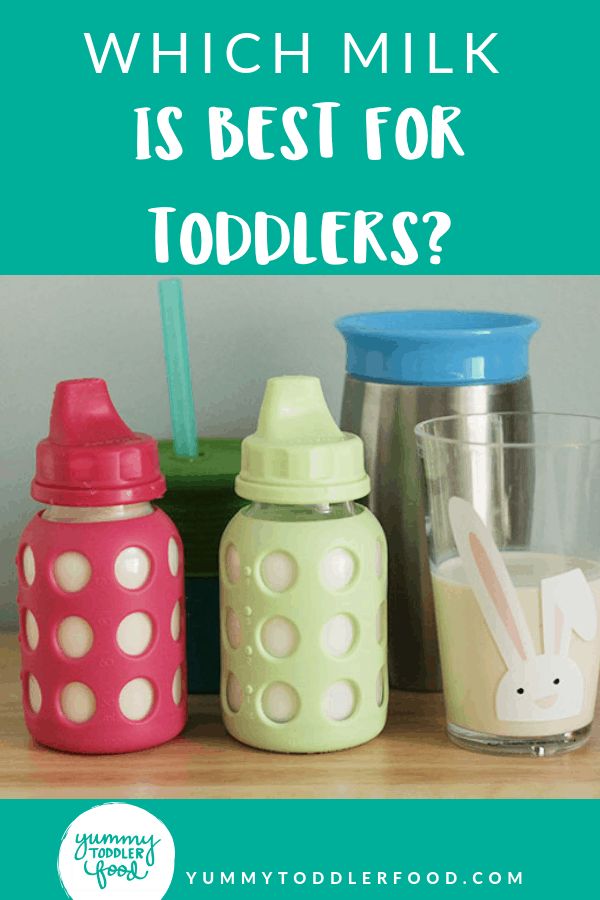
Our Happy Baby Experts are a team of lactation consultants and registered dietitian nutritionist certified in infant and maternal nutrition – and they’re all moms, too, which means they’ve been there and seen that. They’re here to help on our free, live chat platform Monday - Friday 8am - 6pm (ET).Chat Now!
Read more about the experts that help write our content!
For more on this topic, check out the following articles:Does my Child Have a Food Allergy or a Food Intolerance?
Guidance When Raising a Child with Food Allergies
Introducing Major Food Allergens to your Infant
Our meal plans offer recipe and meal suggestions for your child. They are not designed to replace your doctor’s recommendations, nor do they take into account special nutritional needs, including allergies and intolerances, other than lactose intolerance and a cow’s milk protein allergy. The meal plans suggest serving sizes that may or may not be appropriate for your child. Please consult your doctor to determine what is best for your child.
Please consult your doctor to determine what is best for your child.
Sources
Introducing Solid Foods to a Baby with Cow's Milk Allergy
Introducing your little one to a variety of tastes and textures through solid foods should be fun. But when your baby is allergic to cow’s milk, this milestone can be stressful.
You know that dairy is found in many childhood favorites like yogurt and cheese. But other products like bread, cereal and crackers also can contain casein, whey or other hidden dairy ingredients. Cow’s milk is even in some commercial baby foods. For these reasons, it is important to consult with your pediatrician or a dietitian before making any changes to your baby’s diet.
Nutramigen's Role in Your Growing Baby's Diet
Because babies with cow’s milk allergy can’t have dairy products, there is a risk that they may miss out on key nutrients like fat, protein, calcium, and vitamin D when they start eating dairy-free foods. Nutramigen® with Enflora™ LGG®* and PurAmino™ contain important nutrients for growing babies who have cow’s milk allergy. This is why it’s important to continue feeding your baby Nutramigen or PurAmino formula for as long as your doctor recommends.
This is why it’s important to continue feeding your baby Nutramigen or PurAmino formula for as long as your doctor recommends.
Both Nutramigen with Enflora LGG and PurAmino are nutritionally complete. Nutramigen with Enflora LGG is designed to serve as a sole source of nutrition for infants up to six months and as a major source of nutrition through 12 months. Babies who are doing well on PurAmino don’t need to change formulas as they grow because this amino acid-based formula is appropriate as the sole source of nutrition for infants up to six months and as a major source of nutrition through age two.
Signs that Your Baby Is Ready for Solid Foods
Your baby will be ready to try solid foods when she is between four and six months old. Look for these cues:
- She can sit in a highchair or feeding seat.
- She can hold her head up and her neck steady.
- She opens her mouth when food comes her way.
- She loves to watch you eat.
- She can swallow food instead of pushing it back out with her tongue.
 (More food goes into your baby than out.)
(More food goes into your baby than out.)
Tips for Introducing Solid Foods to Your Baby
Watching your baby’s facial expressions as she samples new foods is sure to bring smiles to you both. You should savor this fun milestone while also taking some precautions. First, consult with your doctor before making any changes to your infant’s diet. Because infants who have cow’s milk allergy or who have a family history of food allergies have a greater chance of also being allergic to soy, eggs, wheat, peanuts, tree nuts, and fish, you may need to take particular care when introducing these foods. Your doctor can advise you on how and when to introduce potentially allergy-inducing foods, as well as educate you about what steps to take if your baby has an allergic reaction, such as breathing difficulties, vomiting or hives.
Follow these steps when introducing solid foods to your baby with cow’s milk allergy.
- Keep a food diary to track when you introduce a new food, the date the food was eaten, the amount of food consumed, and whether your baby had an allergic reaction such as diarrhea or a skin rash.

- Start with iron-fortified rice cereal. This easily-digested cereal is least likely to cause allergic reactions.1 If your baby’s doctor recommends this, you can mix cereals with breast milk or Nutramigen formula.
- Introduce one new food at a time and wait at least three days to make sure your baby doesn’t have an allergic reaction before introducing a new food.
- Read labels carefully for hidden milk ingredients like casein and whey.
- Offer small amounts (about 1 to 2 teaspoons), and then increase the serving if there are no allergic reactions.
- Feed new foods early in the day so you have time to call your doctor if your baby has an allergic reaction.
- Introduce pureed vegetables like green beans and spinach before fruits. Babies who are fed Nutramigen® formula are more likely to prefer savory and bitter foods.
- If recommended by your baby’s doctor, mix breast milk or Nutramigen formula with cooked mashed fruits and vegetables to make your own baby food.
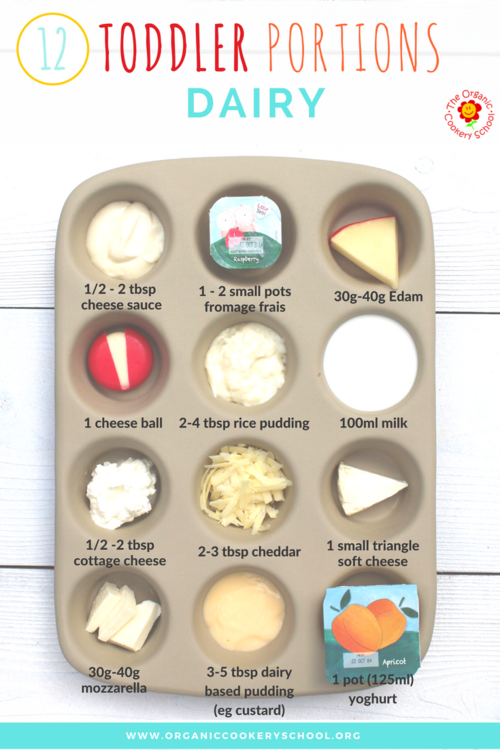
- Introduce finger foods—small pieces of fruit, cooked pasta and dairy-free bread and crackers—when your baby is between 8 and 10 months old.
- Do not introduce your baby to foods made with cow's milk without your doctor's supervision.
Making the Switch from Bottle to Cup
The eight-month mark is a good time for your baby to begin to learn to drink breast milk or Nutramigen or PurAmino formula from a cup. A spill-proof cup with a lid and spout can make this transition easier for your baby while creating fewer messes for you to clean up. Start by offering your baby a cup of water once a day until she learns how to work with the cup. Then, offer breast milk or Nutramigen formula in the cup in the morning after she has eaten cereal or other foods. If your baby refuses the cup, try serving breast milk or Nutramigen formula cold in the cup. Keep offering the cup every day.
Once your baby accepts the morning cup, gradually swap out her afternoon and evening bottles. Your little one will be less likely to ask for a bottle if you keep them out of her sight. Don’t wait too long to make this transition: Breaking the bottle habit can be hard. By two years, your baby should be drinking formula from a cup, not from a bottle. You should continue to feed your baby Nutramigen or PurAmino formula in a cup for as long as your doctor recommends. Don’t introduce your baby to cow’s milk unless you are under the supervision of a healthcare professional.
Your little one will be less likely to ask for a bottle if you keep them out of her sight. Don’t wait too long to make this transition: Breaking the bottle habit can be hard. By two years, your baby should be drinking formula from a cup, not from a bottle. You should continue to feed your baby Nutramigen or PurAmino formula in a cup for as long as your doctor recommends. Don’t introduce your baby to cow’s milk unless you are under the supervision of a healthcare professional.
*LGG is a registered trademark of Chr. Hansen A/S.
References
- http://www.eatright.org/kids/article.aspx?id=6442464699
Dairy-free formula for newborns, children from 6 months and over
Dairy-free baby food is a product that does not contain the most allergenic components of milk - casein and lactose.
Some dairy-free infant formulas are complete foods for babies, although they are prescribed strictly according to indications. They are also divided into stages: for children from birth, from 6 months to a year and older than one year.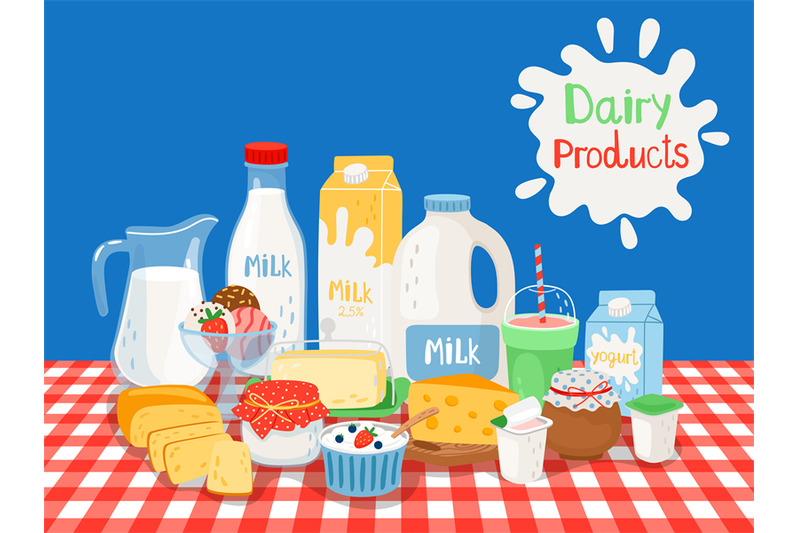
Others belong to the category of medicinal and are used simultaneously with the usual food. Let's figure it out. nine0003
When infants are prescribed milk-free formula
Such nutrition is always prescribed only by a doctor for special indications. Here they are:
- Allergy to casein. Casein or animal milk protein is sometimes difficult for babies to digest. In this case, they talk about an allergy to milk protein and transfer the child to a special diet without it.
- Lactase deficiency. Lactose is milk sugar. Carbohydrate, which is the main source of energy in baby food. For its splitting, a special enzyme is needed - lactase. It happens that the baby's body produces an insufficient amount of lactase. Then the doctors make a diagnosis - "lactase deficiency". Most often it is temporary - with age, the enzyme becomes larger. Only 1% of cases are diagnosed with congenital lactase deficiency. nine0017
- Galactosemia.
 An even rarer hereditary disorder is galactosemia. It is also associated with a violation of the absorption of carbohydrates. But not only milk, but also many other products are prohibited here.
An even rarer hereditary disorder is galactosemia. It is also associated with a violation of the absorption of carbohydrates. But not only milk, but also many other products are prohibited here. - Rotavirus. It should be noted that dairy-free nutrition also comes into play in the case of rotavirus infection. The virus reduces the activity of the digestive enzyme lactase, which breaks down milk protein. Therefore, during the period of illness and a few weeks after it, babies are fed dairy-free products. nine0017
Mixing requirements
Everything is very simple here. All recommendations on the composition, nutritional and energy value are developed by the Ministry of Health, which monitors compliance with these standards.
How manufacturers replace casein
- Soy protein, more precisely soy protein isolate. It is a product derived from soybeans when all the nutrients are removed leaving only pure protein. In this case, there is no need to worry that the soybeans used are genetically modified.
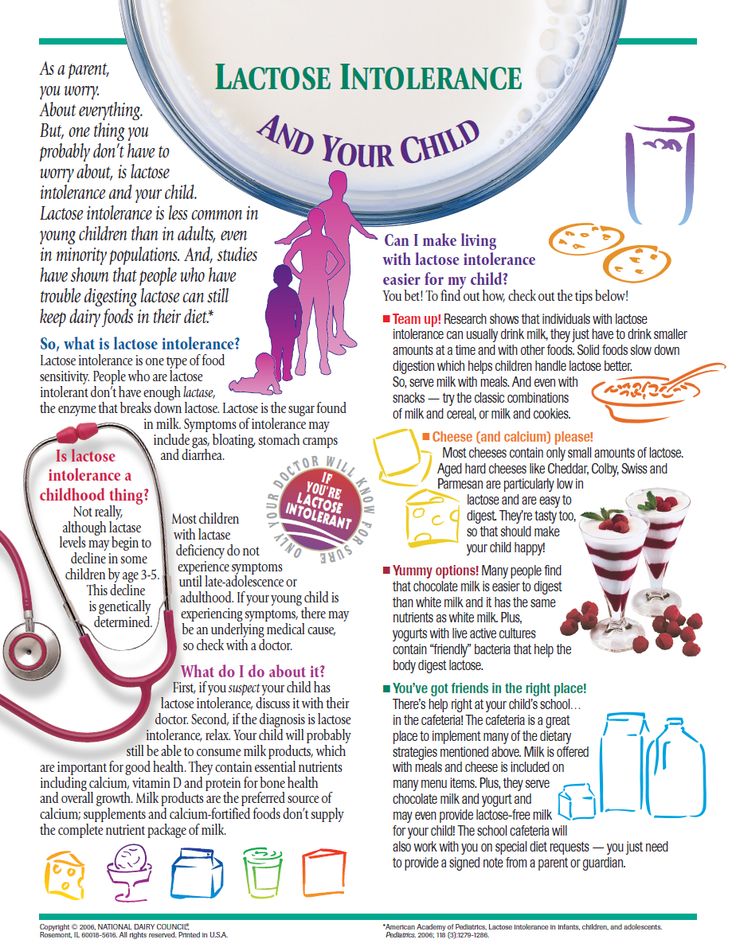 For the production of children's products, such soy is not used. This is closely monitored by regulatory authorities. Soy protein contains almost all types of amino acids, and the missing ones are added separately. nine0017
For the production of children's products, such soy is not used. This is closely monitored by regulatory authorities. Soy protein contains almost all types of amino acids, and the missing ones are added separately. nine0017 - hydrolyzed protein. There is casein hydrolyzate and whey protein hydrolyzate. In addition, different diets contain different degrees of protein breakdown. The protein is divided into its component parts - peptides and amino acids. In this form, it is better absorbed by the body. A feature of hydrolyzed foods is their bitter taste, which is most often not liked by babies. Therefore, such food is prescribed only in cases of severe allergies.
- Amino acids of synthetic origin. The result is a medicinal product that is prescribed only by a doctor. If nothing else helps. nine0017
Sour-milk mixtures deserve special mention. They are used for mild allergies. The protein is in them in a curdled state. But they can irritate the walls of the stomach and lead to regurgitation. Therefore, a pediatrician who knows the characteristics of your child's health should recommend baby food.
Therefore, a pediatrician who knows the characteristics of your child's health should recommend baby food.
Lactose in a dairy-free diet is replaced by other types of carbohydrates, such as glucose, sucrose, maltodextrin, or gluten-free hydrolyzed starch. nine0003
Dairy-free formulas for children up to a year and older differ in the same way as regular ones in their composition, which is adapted to the age of the baby.
In the Materna baby food line, dairy-free dry mixes are based on soy protein. This is a complete baby food from the first day of life for babies. Before introducing soy nutrition, it is advisable to make sure that there is no allergy to soy protein. This can be done by taking a blood test.
Types of dairy-free infant formula
A lot of confusion occurs with the concepts of lactose-free and dairy-free formulas. Dairy-free can only be called soy and hydrolyzed products.
In lactose-free mixtures, the milk protein casein is present. Only lactose is missing.
Only lactose is missing.
The soy mixture is, for example, both lactose-free and dairy-free.
How do I choose a formula for my baby?
Only a pediatrician should recommend special, and even more so medical nutrition. If you have your own preferences, be sure to consult with a specialist. nine0003
How to switch your baby to new formula
It is important to follow your doctor's instructions when special diets are used in addition to regular meals.
If your baby is recommended to completely switch to a new formula, you need to do it slowly. The correct transition scheme is located on our website.
You can buy dairy-free formulas for children from birth in our online store
Dairy-free formulas: list and description ~
Dairy-free formulas are used to feed children with food allergies. The most common is cow's milk protein allergy . Dairy-free mixtures just do not contain the components that cause this allergy - protein and lactose.
Dairy-Free Formulas are to be used only on the advice of a physician and only as preventive nutrition for children.
Dairy-free formulas can be divided into:
- Dairy-free lactose-free formulas; nine0017
- Soy-based milk-free formulas;
- Goat milk formulas.
This division is somewhat arbitrary, in fact, strictly dairy-free is the mixture that does not contain two components - lactose and milk protein .
Lactose-free mixtures do not contain only lactose.
Soy formulas contain soy isolate instead of milk protein.
Goat milk formulas contain goat milk as a source of amino acids, which is considered to be closer in composition to breast milk. nine0003
Dairy-free lactose-free formulas
Lactose-free infant formulas instead of the traditional source of amino acids - milk protein - contain different components.
Calcium caseinate .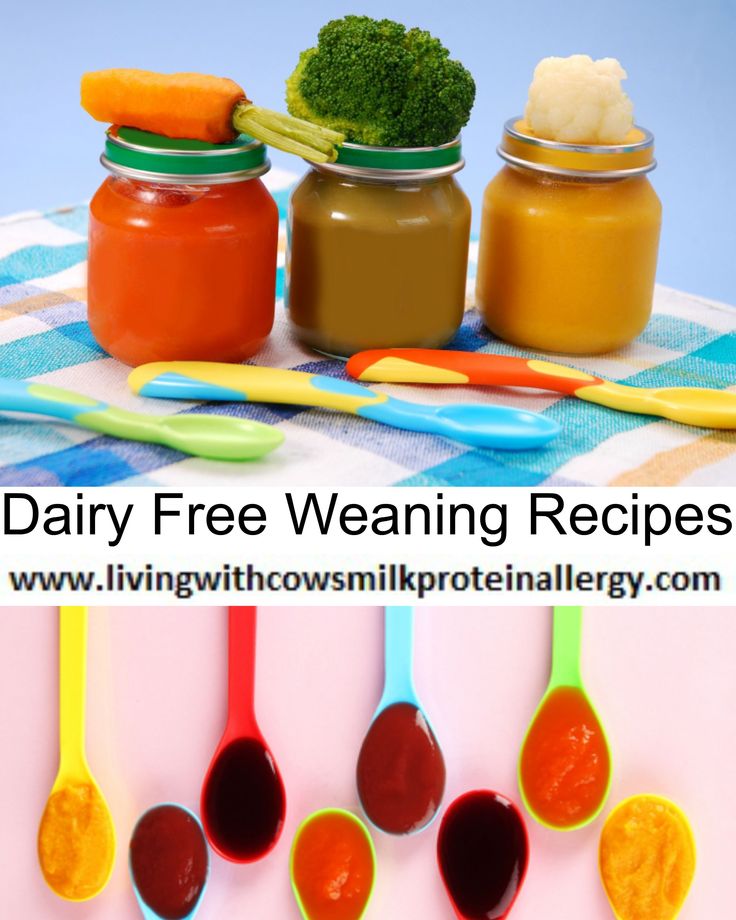 Casein is the main and most useful component of milk protein. To prepare a casein mixture, milk protein is split into casein and whey. Casein is treated with a calcium solution, due to which it acquires the ability to dissolve in water.
Casein is the main and most useful component of milk protein. To prepare a casein mixture, milk protein is split into casein and whey. Casein is treated with a calcium solution, due to which it acquires the ability to dissolve in water.
Casein hydrolyzate . To obtain casein hydrolyzate, milk protein undergoes cleavage into peptides and amino acids. Such mixtures retain useful properties, however, they are tasteless, and sometimes even have a bitter aftertaste due to the large amount of amino acids.
Mixtures based on this component are prescribed for children with acute forms of food allergy, including cow's milk protein.
Whey protein (highly hydrolyzed) . This is a milk protein that has undergone a deep cleavage procedure into peptides and amino acids. Such a split protein is sometimes well absorbed by the bodies of children with an allergy to bovine protein, since it has a lower allergenicity threshold. nine0003
Synthetic amino acids . The composition of such mixtures does not include protein at all. As a rule, pediatricians prescribe exactly a mixture of amino acids for the speedy diagnosis of an allergy to cow's protein in an infant. The symptoms of this allergy disappear on the 3rd-4th day if you feed the child with such a mixture.
The composition of such mixtures does not include protein at all. As a rule, pediatricians prescribe exactly a mixture of amino acids for the speedy diagnosis of an allergy to cow's protein in an infant. The symptoms of this allergy disappear on the 3rd-4th day if you feed the child with such a mixture.
These formulas are considered a "savior" for children with high digestive sensitivities, for those children who are not suitable for goat's milk formulas, casein formulas, or soy formulas. nine0080 The composition of the mixes is supplemented with vitamins and minerals , and they are also not tasteless like most protein-free mixes and kids eat amino acid mixes with pleasure.
Lactose-free formulas themselves have a "blank" taste, since it is lactose that gives sweetness to baby food. Therefore, manufacturers add starch, sucrose or glucose to their products.
Milk fat is usually replaced with vegetable fat.
Vitamins and minerals are also added to lactose-free formulas , which increase the nutritional value of the mixture.
To distinguish lactose-free mixtures, the manufacturer puts a mark on the jar "BL" (lactose-free) or "LF" (lactose free).
List of lactose-free formulas
Soy-free formulas
The main protein substitute in soy formulas is 001 soy isolate. In composition, it is close to milk protein and does not contain only methionine. But manufacturers add this component to the mixture separately. nine0003 Many parents have doubts and do not want to feed their baby with soy formula because of the prejudice that soy is a genetically modified product. It's not true ! Only natural soy and other ingredients are used in infant formulas. The production and composition of baby food is strictly controlled by the state. Soy formula is very popular with parents whose babies are allergic to cow protein. However, they must be used with caution - the child may be allergic to soy . Soy formula is also not recommended for infants under six months of age. List of mixtures on soy In general, the list of soy formulas is quite large, they are produced by every major manufacturer of baby food. nine0080 Packages are labeled "Soya".  Soy formulas are dairy-free and lactose-free, but they are not hypoallergenic.
Soy formulas are dairy-free and lactose-free, but they are not hypoallergenic.
Read more - soy formula for babies.
Goat milk formulas
Goat milk is considered more valuable in composition than cow and is also said to be closer in composition to human breast milk.
The main advantage of goat's milk formulas over infant formulas is that goat's milk protein is more easily digested by fragile organisms of babies, it turns into a liquid mass in the stomach, unlike cow's milk protein, which has a dense structure. Liquid goat protein is easier to digest in the intestines of the baby. nine0080 However, this is not always the case and some infants with cow protein allergy may also not be able to eat goat formula.
Liquid goat protein is easier to digest in the intestines of the baby. nine0080 However, this is not always the case and some infants with cow protein allergy may also not be able to eat goat formula.
Goat's milk fats are also easier to digest in the intestines of infants, as they form smaller bubbles than cow's milk fats.
Goat milk formulas - a novelty on the Russian market. Now 4 manufacturers produce such baby food. Such mixtures are significantly more expensive than other infant formulas, even hypoallergenic ones, there are 9 of them.0080 the price is explained by completely natural ingredients .
List of goat milk formulas
Read more - goat milk formulas for children.
So, dairy-free formulas can be lactose-free (processed), soy (instead of milk - soy) and with goat's milk. Such mixtures are used to feed artificial babies with an allergy to cow's milk protein.
Which formula is better - lactose-free, soy or goat milk? Thinking and choosing is useless.


